Classic Everest Trekking is one of the adventurous trekking trails lying in Everest region. Due to the overland journey you will pass several passes and get more chances to explore settlements of Sherpa ethnic groups. Experience their unique tradition, culture, customs and lifestyles. Further, another attraction of this trekking is that you will also have breathtaking views of several mountains around Khumbu region including Mt. Everest (8,848m), Mt. Lhotse (8,516m) Mt. Nuptse (7855m), Mt. Pumori (7,161m), Mt. Changaste (7,550m), Mt. Amadablam (6856m), Mt. Thamserku (6,723m), Mt. Kantega (6979m), Mt. Kusum Kanguru (6,367m), Mt. Kongde (6,011m) and many more.
Since the Classic Everest Trekking trail passes through the well-developed trekking trail, is regarded to be one of the ideal trekking trails especially for those who are fond of taking pictures of the white Himalayas. Moreover, the adventure of passing high hills, passes, sloping and rocky hills is a lifetime experience. In addition, you will cross through the foothills of the mountains from lowland to the glacial lakes, peaks and Himalayan flora and fauna. Especially the traditional villages and ancient monasteries make this trek so special. Overall, all these features have made this destination one of the most popular and most loved ones among visitors in Nepal.
Itinerary Outline:
01 Kathmandu to Jiri (1951m)
02 Jiri to Deurali (2705m)
03 Deurali to Seti (2575m)
04 Seti to Junbesi (2675m)
05 Junbesi to Numtala (2360m)
06 Numtala to Kharikhola (2100m)
07 Kharikhola to Surke (2293m)
08 Surke to Phakding (2640m)
09 Phakding to Namche Bazaar (3440m)
10 Rest at Namche Bazaar
11 Namche to Tengboche (3867m)
12 Tengboche to Dingboche (4260m)
13 Dingboche to Lobuche (4930m)
14 Lobuche to Gorak Shep (5140m)
15 Excursion to Kala Pattar (5545m) back to Gorak Shep
16 Gorak Shep to EBC (5364m) to Lobuche (4930m)
17 Lobuche to Pheriche (4243m)
18 Pheriche to Tengboche (3867m)
19 Tengboche to Khumjung (3840m)
20 Khumjung to Phakding (2640m)
21 Phakding to Lukla (2886m)
22 Flight to Kathmandu
Kathmandu to Jiri (1951m)
Jiri to Deurali (2705m)
Deurali to Seti (2575m)
Seti to Junbesi (2675m)
Junbesi to Numtala (2360m)
Numtala to Kharikhola (2100m)
Khari Khola to Surke (2293m)
Surke to Phakding (2640m)
Phakding to Namche Bazaar (3440m)
Acclimatization day at Namche Bazaar
Rest to acclimatize. You can relax and take a look around the shops and Sherpa houses, observe their culture and life style. Overnight in lodge.
Namche to Tengboche (3867m)
Tengboche to Dingboche (4260m)
Dingboche to Lobuche (4930m)
Lobuche to Gorak Shep (5140m)
Excursion to Kala Patthar (5545m) back to Gorak Shep
Gorak Shep to EBC (5364m) to Lobuche (4930m)
Lobuche to Pheriche (4243m)
Pheriche to Tengboche (3867m)
Tengboche to Khumjung (3840m)
Khumjung to Phakding (2640m)
Phakding to Lukla (2886m)
Flight to Kathmandu
Mount Everest: Top of the World
Mount Everest is the highest mountain in the world. Its height is 8,848 meters. Its alternate names are Sagarmatha, Qomolangma, and Chomolungma. Mt. Everest lies on the border of Nepal and China, with half of the mountain lying on each side of the borders. Edmund Hillary and Tenzing Norgay first climbed Mt. Everest in 1953, with Hillary taking the photograph of Tenzing Norgay in the summit.
There are several bodies still lying on the upper portions of the mountain above the South Col on the Nepal side and the North East Ridge on the Tibetan side. There are 2 main routes, Southeast and Northeast, for climbing the Mt. Everest. Southeast is most frequently used route because it is generally considered safer and with easier access. Ascent via the southeast ridge begins with a trek to Base Camp at 5,380 meters on the south side of Everest in Nepal. Expedition members usually fly to Lukla (2,860 m.) from Kathmandu and pass through Namche Bazar. Climbers then hike to Everest Base Camp, which usually takes 6 to 8 days, allowing for proper altitude adjustment in order to prevent altitude sickness. Climbing accessories and supplies are carried by yaks and human porters to Everest Base Camp on Khumbu Glacier. In recent years, mountain climbers and explorers have been paying attention on Mt. Everest. It has become many brave people’s dreams to demonstrate their courage and skills by climbing onto the world’s highest peak. The weather is comparatively mild and steady with less rain or snow early March to late May, and again so from early September to late October. These are the two best seasons for tourists and mountain climbers.
Everest Base Camp
For foreign travelers, Everest Base Camp has become one of the most popular trekking destinations in Nepal, offering the chance to gaze on the magnificent north face of the world’s highest peak: Mount Everest. Famous for its amazing mountain peaks and the hospitality of its inhabitants, the Everest Region is one of the most visited destinations for tourists in Nepal. While some of the routes might be difficult, there are plenty of places to rest and enjoy meal along the way. Everest Base Camp is a term used to describe two base camps which are on opposite sides of Mount Everest: The South Base Camp is on the Nepali side with an altitude of 5,364m. The North Base Camp is on Tibet’s side at 5,150m. These camps are basic campsites on Mount Everest that are used by mountain climbers as base for their ascent and descent.
Trekking is possible the whole year round in this area. The best time to trek is from the beginning of March to May and from September to November. The winter is very cold and snow may make it difficult to travel higher than Tengboche, and lodges may be closed above this altitude. Summers, are wet and the spectacular peaks are often lost in the clouds. April and early May is a good time to view the hedgerows and trees stuffed into bloom, with Rhododendron, in particular, adding a spectacular spray of color to the landscape.
Tengboche Monastery
Tengboche Monastery also known as Dawa Choling Gompa, is in the Tengboche village in Khumjung in the Khumbu Region of Eastern Nepal. It is a Tibetan Buddhist monastery of the Sherpa community situated at 3,867 m. The monastery is the largest Gompa in the Khumbu region of Nepal. It was built in 1916 by Lama Guru with strong links to its mother monastery known as Rongbuk Monastery located in Tibet. It was destroyed by an earthquake in 1934 and was consequently rebuilt. In 1989, it was destroyed again by a fire and then rebuilt with the help of volunteers and international support.
Tengboche is famous because of its spectacular and distinctive location. It lies on the main route to the Everest Base Camp of Mt. Everest and offers the first clear views of the highest mountain in the world. Tengboche became famous to the world after Sir Edmund Hillary and Tenzing Norgay Sherpa made the first ascent of Mt. Everest in 1953. A lot has been changed since those days when Tengboche was remote and inaccessible. Today more than 30,000 people come every year to enjoy the beauty of Tengboche and splendor of the mountains.
Package Details:
| DEPARTURE/RETURN LOCATION | Kathmandu | |||||||||
| JOIN GROUP | 1 before departure from Kathmandu. | |||||||||
| SERVICE INCLUDES |
|
|||||||||
| SERVICE DOES NOT INCLUDE |
|

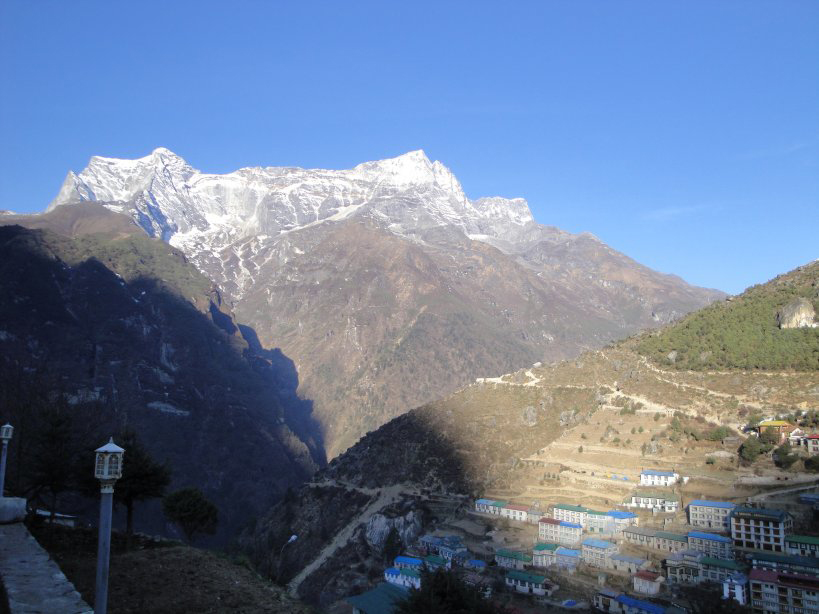
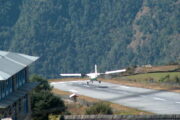
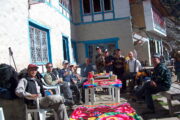
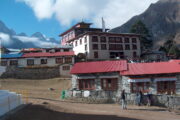
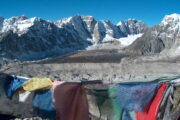
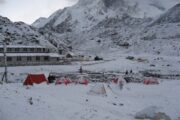
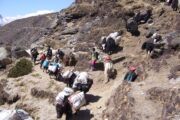
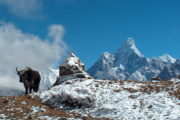
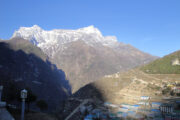
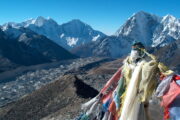
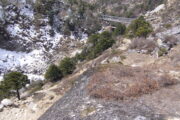
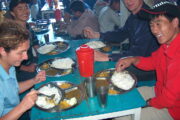
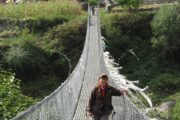
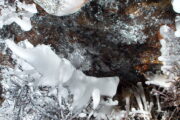
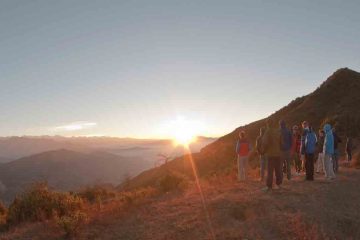
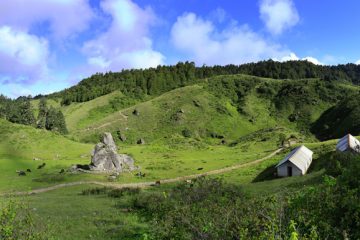
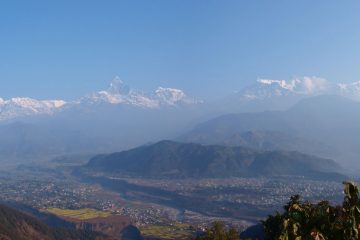
Tour Reviews
There are no reviews yet.
Leave a Review